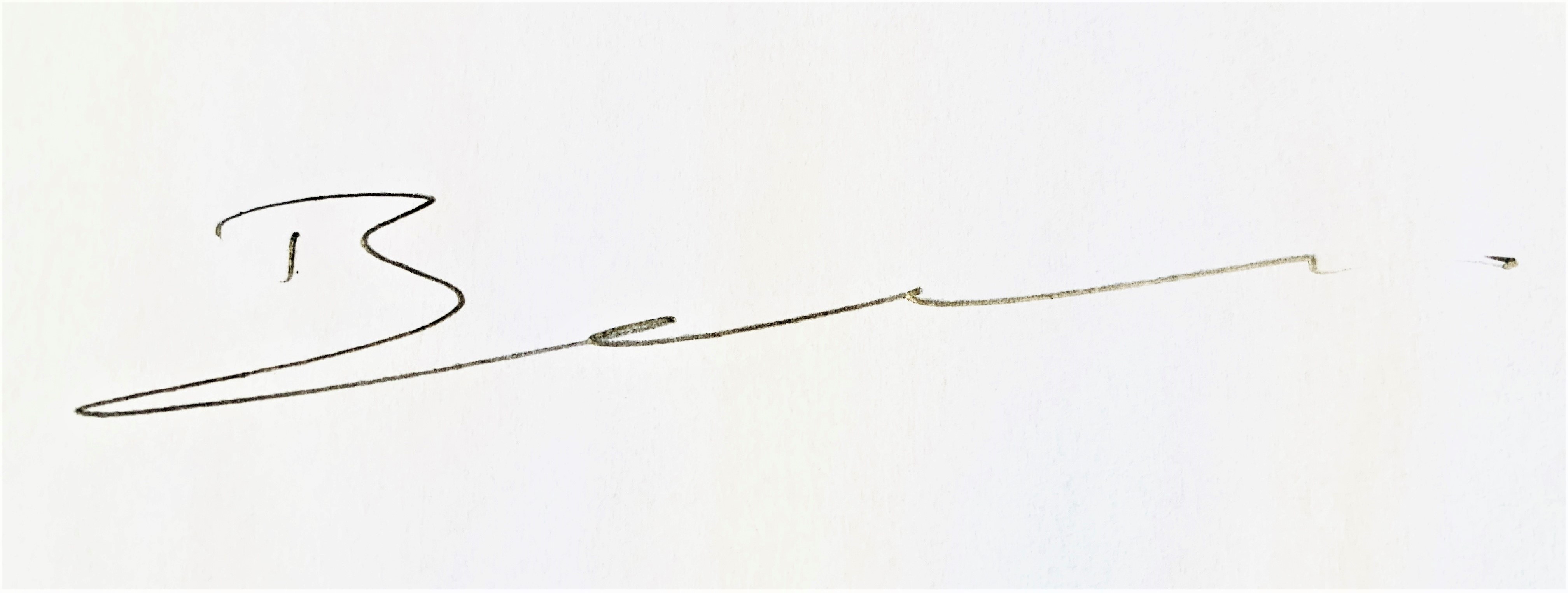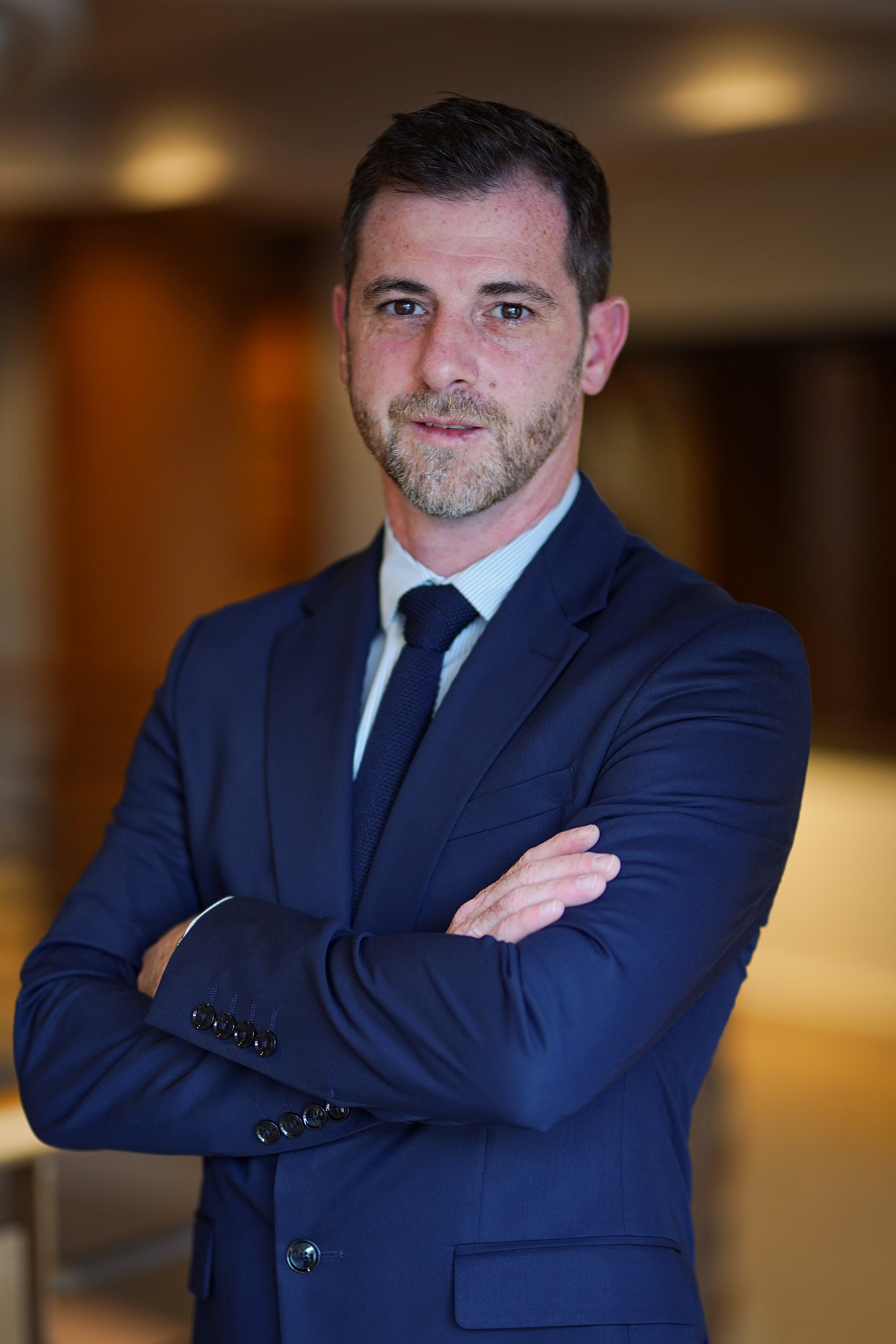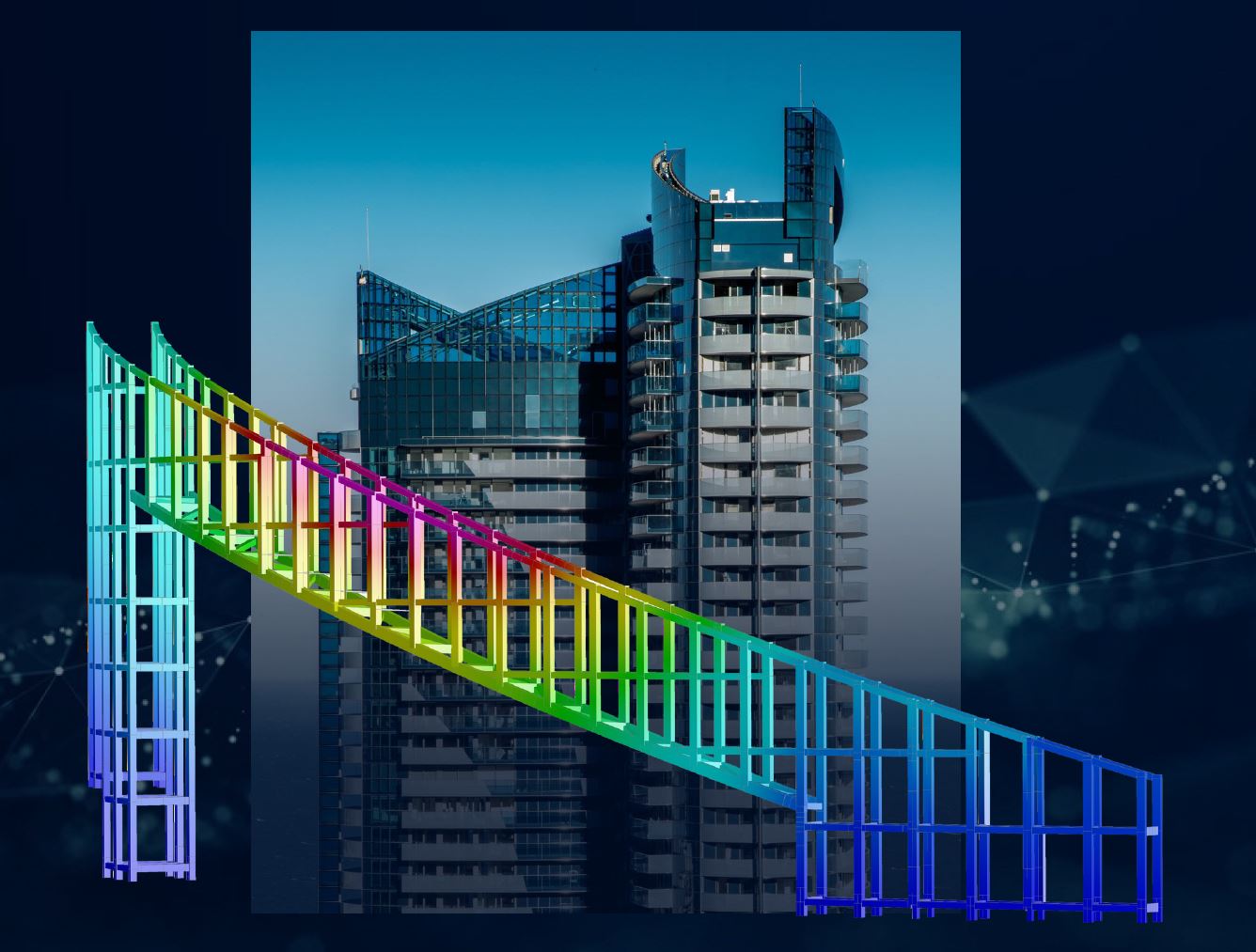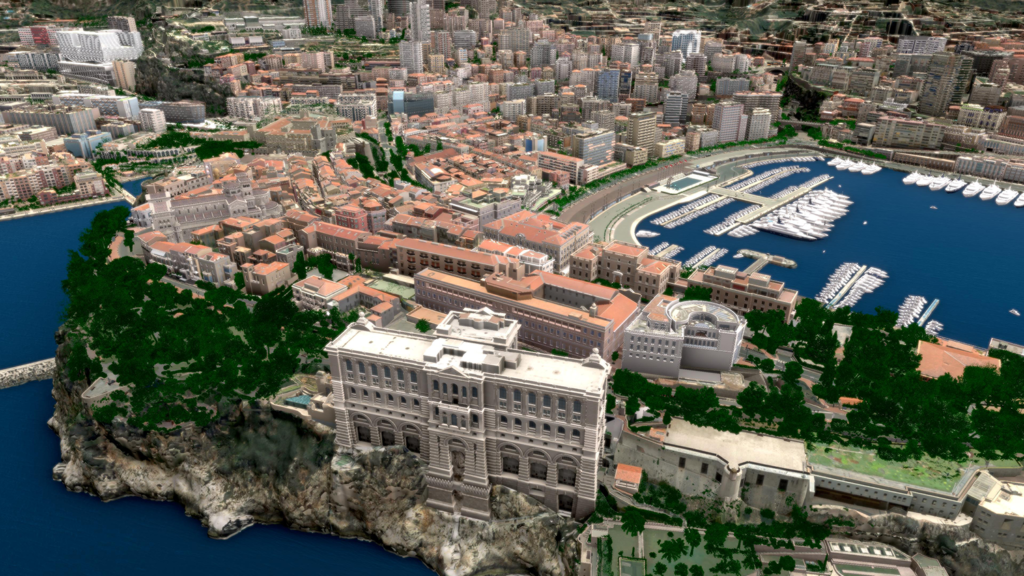Diego Bonaventura
Head of Digital Economy,
Princely Government of Monaco

Accueil > Baromètre PropTech > PropTech Global Trends 2022 > Focus on Monaco : where digital and real estate are at the core
Dear readers,
We are now celebrating the third edition of our Global PropTech barometer, which we are proud to publish each year with our partners from ESCP Business School, and especially Prof. Jaime Luque.
In addition to the regular sections of the barometer covering the trends and dynamics of the PropTech industry, we decided to include a focus on the country which launched this initiative together with ESCP: the Principality of Monaco.
Although bounded by its territory of two square kilometers, Monaco has become an emblematic player in the field of digital transformation and boasts exciting cases involving its century-old real estate industry.
You’ll discover examples covering a wide range of real estate activities, such as architecture and construction, building information modelling, land management, as well as our own DIgital Twin.
We hope you’ll enjoy these cases as much as we do, as real-world evidences of the potential of Monaco in the field of PropTech!

Diego Bonaventura
Head of Digital Economy,
Princely Government of Monaco

Stonal is one of the leading SaaS platforms for asset and property managersStonal acquired Labéo, the publisher of Abyla software, in 2020, and fully integrated this software in its global solution.
This service is part of the “Building Information Modelling” (BIM) range of technical solutions, which is the foundation of digital transformation in the architecture, engineering and construction industry. BIM involves creating and managing information for a built asset, in order to produce a digital representation of an asset across its lifecycle, from planning and design to construction and operations.
The Principality of Monaco has been committed to better understanding and digitizing its real estate assets from a very early stage. For this purpose, it acquired licenses for Abyla’s technical asset management tools in 1998. The presumption was that good knowledge of its assets (surfaces, components, equipment) is an essential condition to ensure their efficient management and maintenance.
Designed for asset and property managers, Stonal offers an integrated platform to visualize the assets, query the database, organize datarooms, share the information with stakeholders, maintain the assets, control budget allocation and comply with regulatory requirements.
Beyond the technical management of buildings, discussions are ongoing between the Administration des Domaines and Stonal, related to new use cases such as risk mapping, regulatory obligations and removal of reservations.
The perfect knowledge of the assets (surfaces, components, equipment) is an essential condition to ensure the efficient management and maintenance of buildings. It will also become critical to ensure the net zero commitment of the real estate industry.
The capabilities of the 3D platform support the whole process of construction design, from the architectural perspective to structural calculation, 3D rendering, and technical management, with the help of dedicated and advanced software interconnected by a unique environment.
This technology has a crucial impact on architecture and in construction as the ability to present designs (for instance, as architectural 3D floor plans) in digital form are a true game-changer for the delivery of the building.
MZA MONACO, a Monégasque company, has developed a solution with the support of Dassault Systèmes.

The need for a dedicated platform involving 3D modelling emerged with highly complex architectural buildings, where the technical interaction between actors is very demanding in terms of speed and customization. It turned out that technological support for architects and complex geometries can no longer be offered and developed by ‘traditional’ tools.
This is why MZA focused on a platform approach which connects ideas, architects and engineers.
Over the years, this company supported architectural firms such as Zaha Hadid, Frank Gerhy, Alexandre Giraldi, Santiago Calatrava, among others. According to the managers of MZA, the construction market is moving in the direction of an integrated built environment, where information will be exchanged between teams and companies with complete governance over data access, simplified design reviews and better decision making.
We think the future of next architecture is moving in a new direction, where shape and structure are no longer different entities.
A digital twin is a digitized copy of a city, a completely virtual scale model. It was first used in the construction of buildings and infrastructure, then expanding to entire urban units.
The Princely Government of Monaco wanted to implement a digital tool with two objectives: improving the daily life of citizens and optimizing decision making. The key idea was to benefit from advanced computation and 3D vizualisation capabilities, which would serve as a prospective tool enabling the evaluation and simulation of future transformation impacts on several indicators (involving topics such as urban well-beign, construction planning or the environment).
The 3D Digital twin of the entire Monaco Principality’s territory was initiated by the Princely Governement, which entrusted Siradel (an ENGIE group company) and SMEG (Monégasque Electricity and Gaz company) for its development. They developed a digital twin with unrivaled accuracy and deployed a unique digital services platform for the operational management of departments and partners.
With digital technology as the basis for the management of the projects led by the Principality’s Operational Departments, the platform has been deployed on a first strategic topic : the coordination of public-private construction work. Its first users are all the Principality’s operational services departments including the Urban Planning Department, the Prospective, Urban Planning and Mobility Department and the Public Works Department.
Other use-cases such as resiliency in regards to climate change impacts (urban heat islands, floods) and environment through green cadastre are also under co-development.

